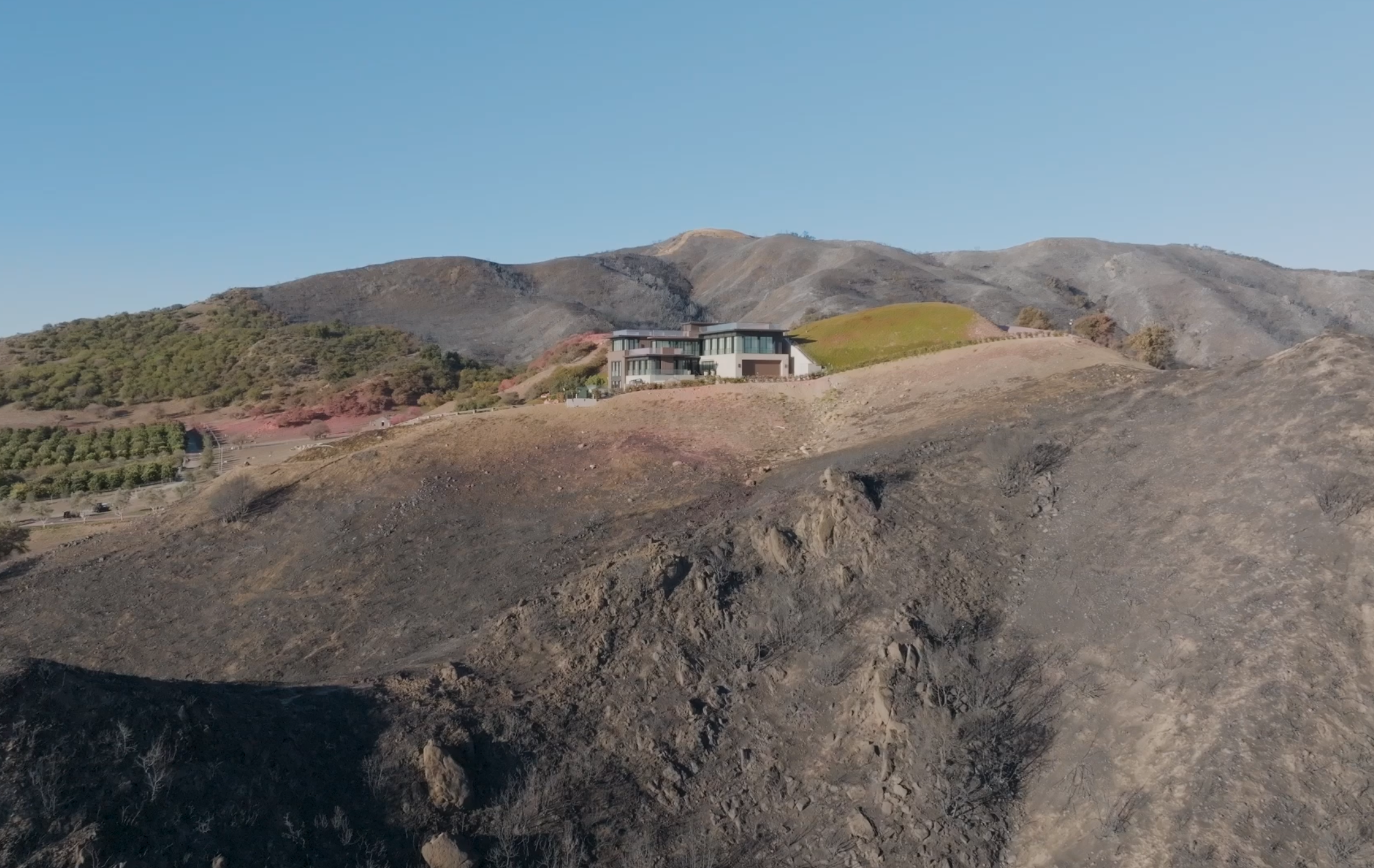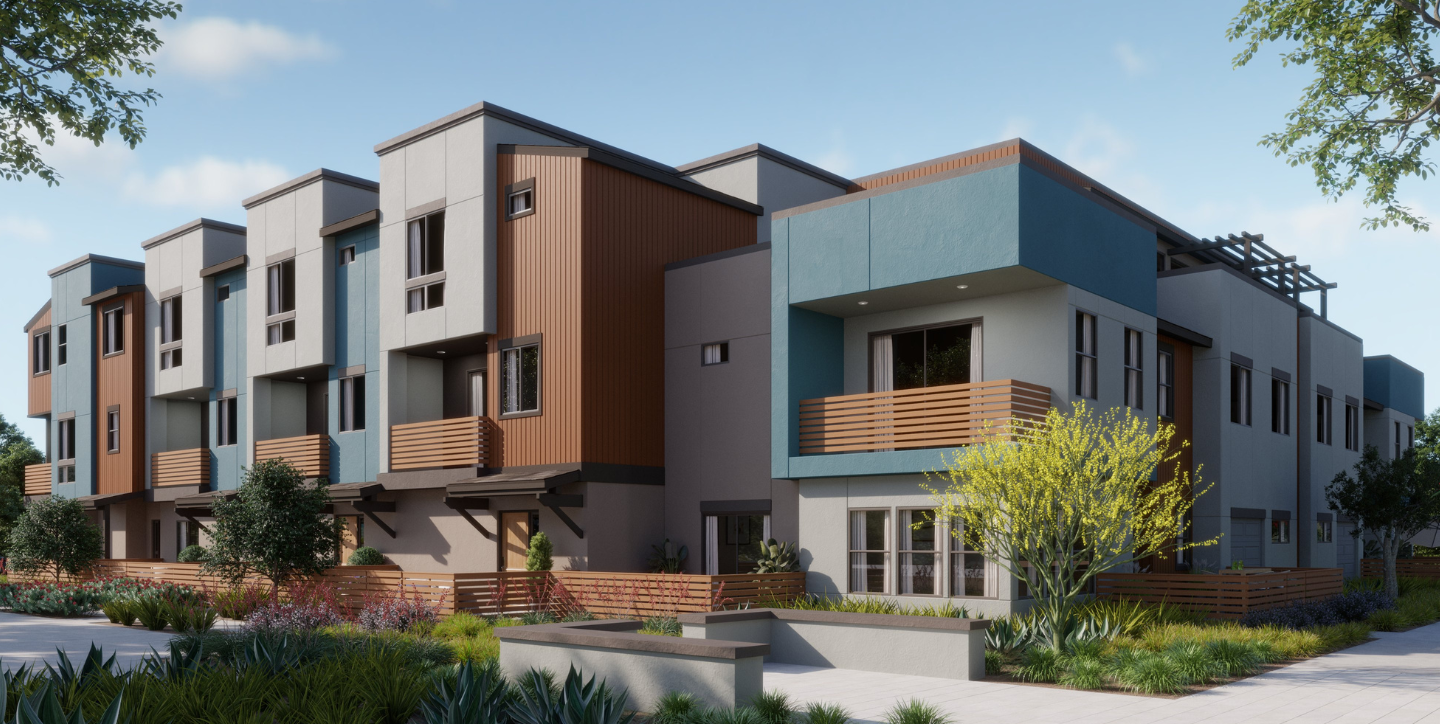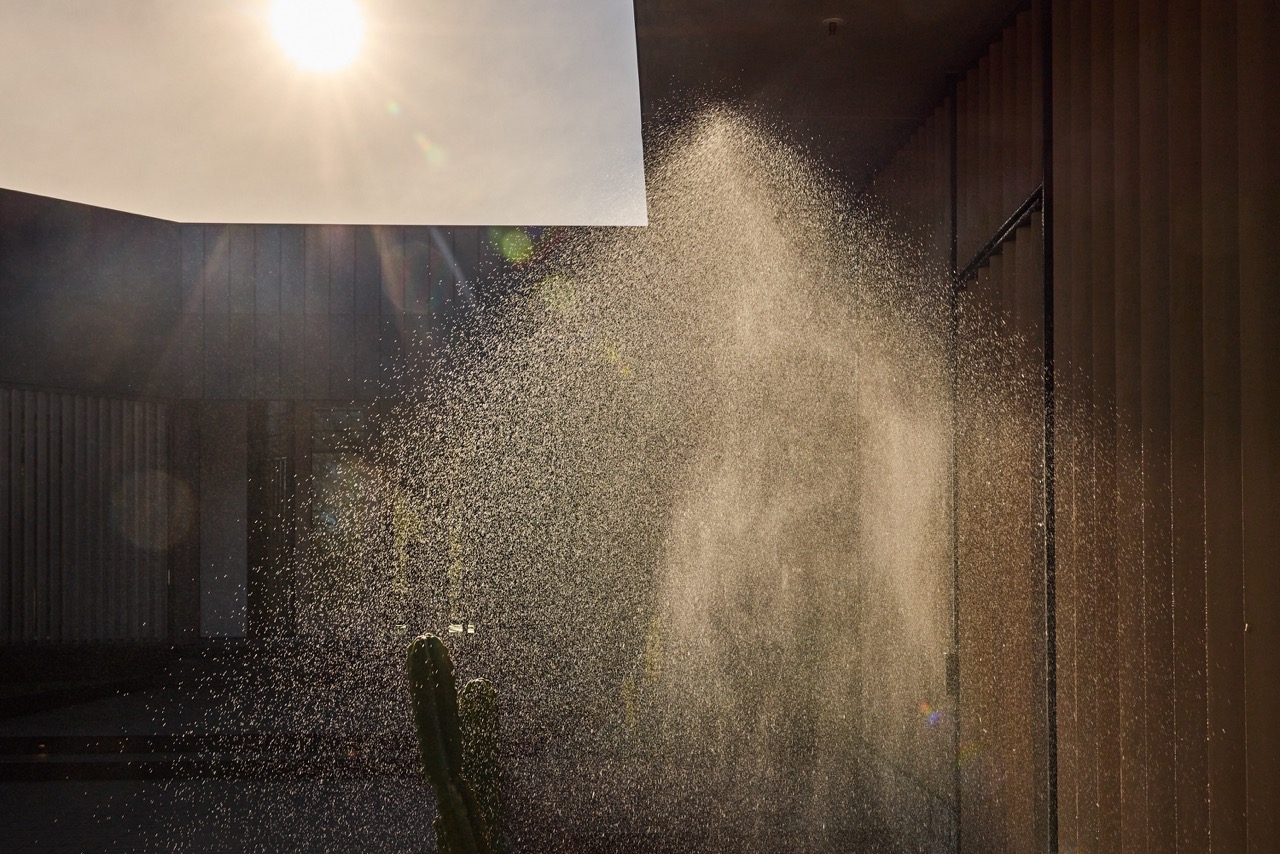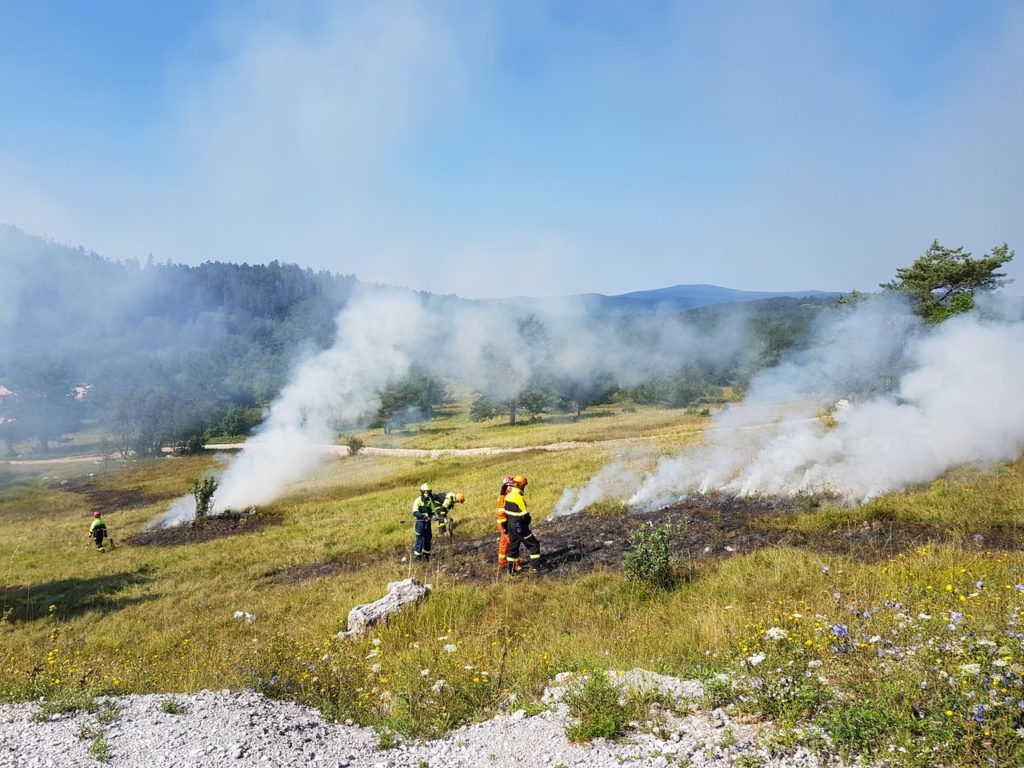
Several major wildfires raged in California in 2020, many of which are now amongst the largest wildfires in California history. The 2020 California lightning complex fires were particularly destructive, resulting in the loss of countless structures, several lives, and hundreds of thousands of acres of land.
The CZU Lightning Complex, LNU Lightning Complex, and SCU Lightning Complex fires impacted residents across the Bay Area as the result of dry lightning and major thunderstorms. As California’s climate conditions continue to worsen, fires like these are becoming more common than ever, making it all the more important for California residents to protect themselves against these natural disasters.
To learn more about how these fires began and how they impacted communities in California, here is everything you should know about the 2020 California lightning complex fires.
Protect your home from wildfire by installing a Frontline Wildfire Defense exterior sprinkler system. For more information, contact us today for a free consultation.
California Lightning Complex Fires: A Look at the Numbers
The CZU, LNU, and SCU Lightning Complex fires collectively burned nearly one million acres, nearly 3,000 structures, and took several lives. The fires were three of the most disastrous fires in 2020.
To better understand the destruction caused by these incidents, here are the statistics behind these California lightning complex fires:
| Fire Name | Acres Burned | Structures Destroyed | Days Active | Injuries | Deaths |
| CZU Lightning Complex | 86,509 | 1,490 | 37 | 1 | 1 |
| LNU Lightning Complex | 363,220 | 1,491 | 47 | 5 | 6 |
| SCU Lightning Complex | 396,624 | 222 | 44 | 6 | 0 |
(Data taken from CAL FIRE: CZU Lightning Complex, LNU Lightning Complex, SCU Lightning Complex)
The SCU Lightning Complex Fire and the LNU Lightning Complex Fire are now considered the third and fifth largest wildfires in California history, respectively, while the CZU Lightning Complex Fire is the 12th most destructive.
What Caused These Fires?
From thunderstorms to unattended campfires, there are several natural and human causes of wildfires. To prepare for the future, it’s important to understand how major fires like these began. Here are the causes behind the CZU, LNU, and SCU Lightning Complex fires:
CZU Lightning Complex
The CZU Lightning Complex fires consisted of multiple fires throughout the San Mateo and Santa Cruz counties. The fires started in mid-August due to a severe thunderstorm that initially started several separate fires, including the Warnella and Waddell fires. Due to a change in wind conditions, these separate fires merged together and rapidly spread through nearby communities, including Swanton, Boulder Creek, and Bonny Doon.
The CZU Lightning Complex fire incident was finally contained on September 22, 2020, after burning 86,509 acres, destroying 1,490 structures, and causing one death.
LNU Lightning Complex
The LNU Lightning Complex fires raged in the northern Bay Area, including the Sonoma, Napa, Yolo, Solano, and Lake Counties. Beginning with several smaller lightning-sparked fires, the Hennessy, Green, Gamble, Markley, Spanish, and Morgan Fires eventually grew and merged together.
As this fire spread throughout the northern Bay Area, it destroyed 1,491 structures, burned over 360,000 acres, and took six lives, making it one of the more deadly wildfires in the state’s history.
SCU Lightning Complex
Consisting of fires in Santa Clara, Alameda, San Joaquin, Merced, Contra Costa, and Stanislaus counties, the SCU Lightning Complex fires were ignited by lightning in the Bay Area.
These fires consisted of three zones—the Deer Zone, Canyon Zone, and Calaveras Zone. Starting in mid-August and lasting through September, these fires destroyed 222 structures and burned 396,624 acres. Fortunately, no lives were lost in the SCU Lightning Complex fires.
Tips to Prepare for a Wildfire
Due to California’s dry climate and rising temperatures, wildfires are able to spread easily and quickly through both natural and residential areas. As such, California residents should take steps to protect themselves, their families, and their property from the dangers presented by wildfires.
To prepare for potential fires, homeowners can take the following precautions:
- Home Hardening. Harden your home and reduce its chances of ignition by using fire-resistant building materials.
- Evacuation Preparedness. Create a comprehensive evacuation checklist to ensure you and your family know what steps to take if an evacuation is ordered. This includes packing emergency supplies, planning evacuation routes, and more.
- Home Ignition Zone 0 and Zone 1. Manage surrounding landscape, and remove flammable materials within Home Ignition Zone 0 (0′ to 5′ from Home) and Home Ignition Zone 1 (5′ to 30′ from Home).
- External Sprinkler Systems. Protect your home by installing a wildfire sprinkler defense system that can proactively hydrate your home to reduce the chances of ignition.
Following these steps can help ensure you and your family are able to reach safety in case a wildfire threatens your home.
Protect Your Home Today
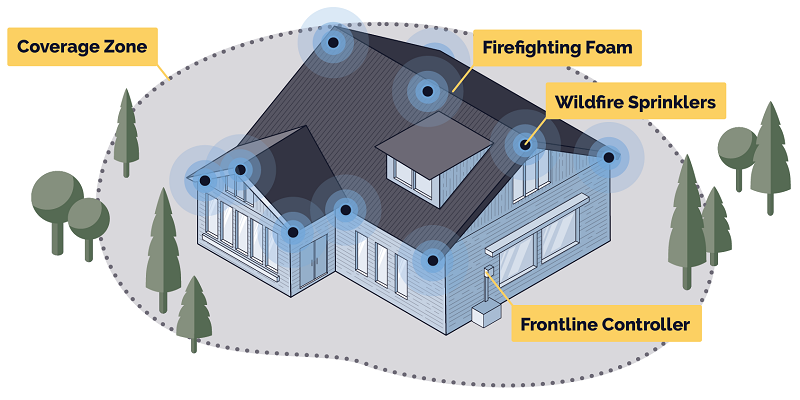
Wildlife sprinkler systems, like the Frontline Wildfire Defense System, cover your home and property with a mixture of water and biodegradable firefighting foam. Our sprinkler systems provide proactive hydration to protect your property from flying embers, the cause of 90% of homes destroyed by wildfire.
The Frontline Wildfire Defense exterior sprinkler system can protect your home from wildfire with:
- Remote activation for 24/7 protection from anywhere
- Built-in battery backup and satellite communication
- Environmentally friendly, biodegradable Class A foam
- Municipal, well, pool, and emergency water tank supply options
- Wildfire tracking and remote system activation using the Frontline app
For more information on how Frontline Wildfire Defense can help safeguard your home, contact us today for a free consultation.
